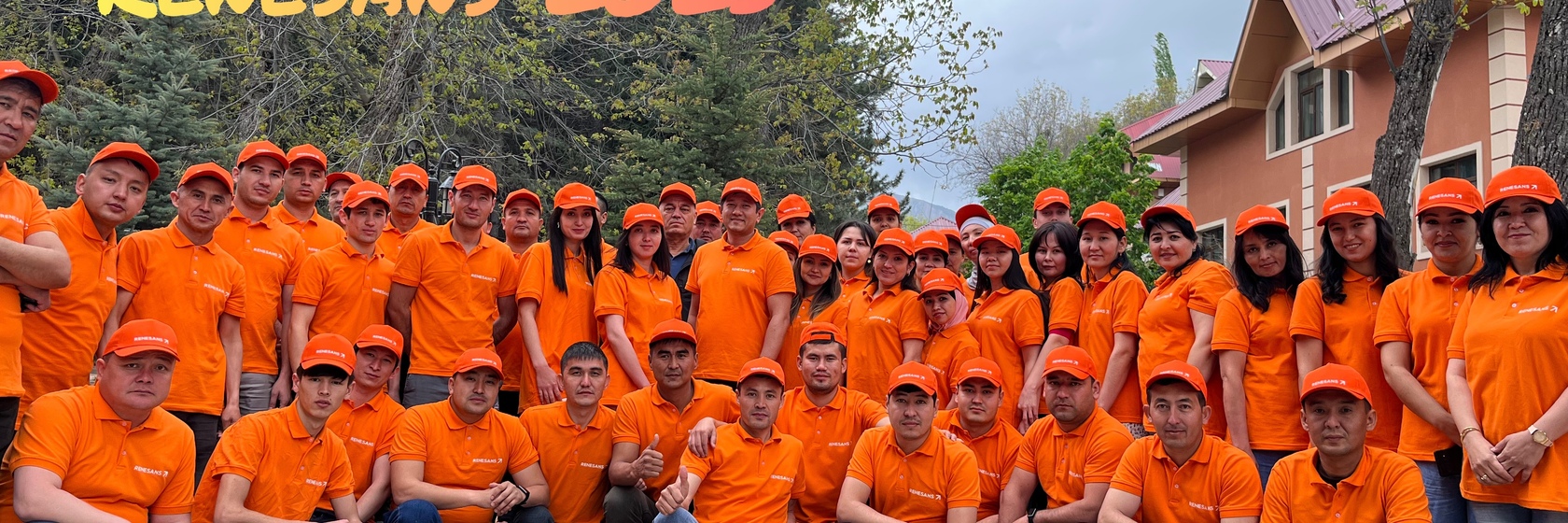Renesans has been serving the microfinance sector since its inception in 2008 in Uzbekistan. Expanding from Chirchik to Tashkent city and its region, Renesans has established a network of 13 branches across five regions, including Karakalpakstan. They distinguish themselves by issuing microloans primarily through group lending.
Transitioning into a microfinance organization in 2022 to align with new legislation, Renesans is now fully regulated by the Central Bank of Uzbekistan. With a mission to deliver accessible financial services to micro and small businesses, Renesans upholds core values of customer satisfaction, continuous improvement, transparency, and equality, driving its commitment to enhancing economic empowerment and fairness within the communities it serves.

Almennar upplýsingar
| Lántaki | Renesans Mikromoliya Tashkiloti LLC |
| Land | Úsbekistan |
| Höfuðstöðvar | Tashkent |
| Website | https://renesans.uz/ |
| Stofnað | 19 July 2010 |
| Virkur á Lendahand síðan | 26 April 2023 |
| Credit Score | B+ |
Fjárhagsupplýsingar per 2024-06-30
| Yfirlit Eignasafns | €11,258,360 |
| Skuldahlutfall | 81.80% |
| Aðskriftarhlutfall síðustu 12 mánuði | 0.30% |
| % fjárfestingarupphæð í vanskilum (>90 dagar) | 0.20% |
Um Úsbekistan
Uzbekistan is located in the heart of Central Asia, between two large rivers Amu Darya and Syr Darya. History of nations, living on this territory, is more than thousand years. As of 2022, Uzbekistan has the largest population out of all the countries in Central Asia. Its 36 million citizens comprise nearly half the region's total population. The Government of Uzbekistan has developed an ambitious set of reforms in recent years, but more are needed to continue to spur private sector-led growth and job creation. Notably, reducing the dominance of state-owned enterprises and opening up key sectors of the economy to competition would strengthen market incentives and sustainability. Uzbekistan’s GDP grew by 5.7 percent in 2022, led by strong remittances, consumption, and exports. Non-gold exports grew by 21 percent in 2022 (in US$ value), led by textiles, non-ferrous metals, fertilizers, and food. The fiscal deficit declined from 6.1 percent of GDP in 2021 to 4.2 percent in 2022, supported by higher revenues. By end-2022, international reserves increased slightly to reach US$35.8 billion, or 14 months of import cover.
Síðasta fjármagnaða verkefni

Renesans 3
In 1998, entrepreneur Raxatay began her traditional clothing business from home. She secured a loan from Renesans to rent a space near the central market in Tashkent, Uzbekistan. Today, she owns multiple shops and employs 20 women as seamstresses and shop assistants. Your investment can empower 210 entrepreneurs lik...Halda áfram að lesa
